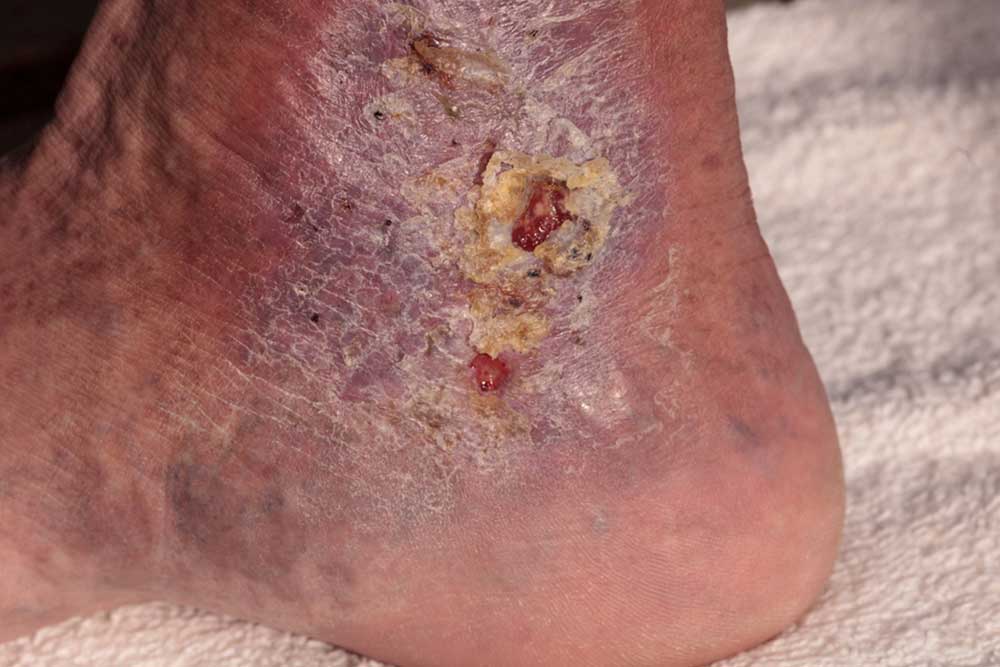Treatment and Management of Leg Cellulitis
Cellulitis of the leg is a serious bacterial skin infection. It leads to the swollen and red appearance of the skin and is quite painful. The skin feels warm when touched. While the disease is not contagious, it is dangerous. The infection largely affects the skin on lower legs, but it can occur on the arms, face, and other areas as well. A crack or tear in your skin is all it takes for these harmful bacteria to enter.

Leg cellulitis treatment
Oral antibiotics are the best option for leg cellulitis treatment. Let your doctor know whether your body is responding to the medication after taking it for at least three days. The course of medication lasts as long as the infection persists. It generally takes five to ten days for the infection to go away completely. In some cases, it might also take up to two weeks. While the signs and symptoms of the disease tend to disappear after a few days, you may need to be admitted to a hospital to receive antibiotic treatment intravenously if:
- You have a high fever
- The signs and symptoms are extensive and lasting
- The symptoms are not responding to oral antibiotics
It is important to take the entire course of medication even if you feel better. Precaution is the best measure when it comes to a speedy recovery. Your doctor may also recommend elevating the affected area to aid in a quick recovery.
Management
To manage the swelling and ease the pain caused due to the symptoms of the disease, practice the following management measures:
- Place a cold damp cloth on the affected area
- Take over-the-counter painkillers and other medication to help with the pain
- Elevate the affected area of your body
- Wear compression stockings or use compression wraps
The symptoms of the disease include swelling, tenderness, red area of the skin tends to expand, warmth, fever, red spots, blisters, and skin dimpling. If you are suffering from these symptoms, it means you have contracted the infection. The disease progresses rapidly and can be hazardous if not treated in its early stages. Since safety is always the best measure to living a healthy and fulfilling life, get a second opinion and seek leg cellulitis treatment immediately.




